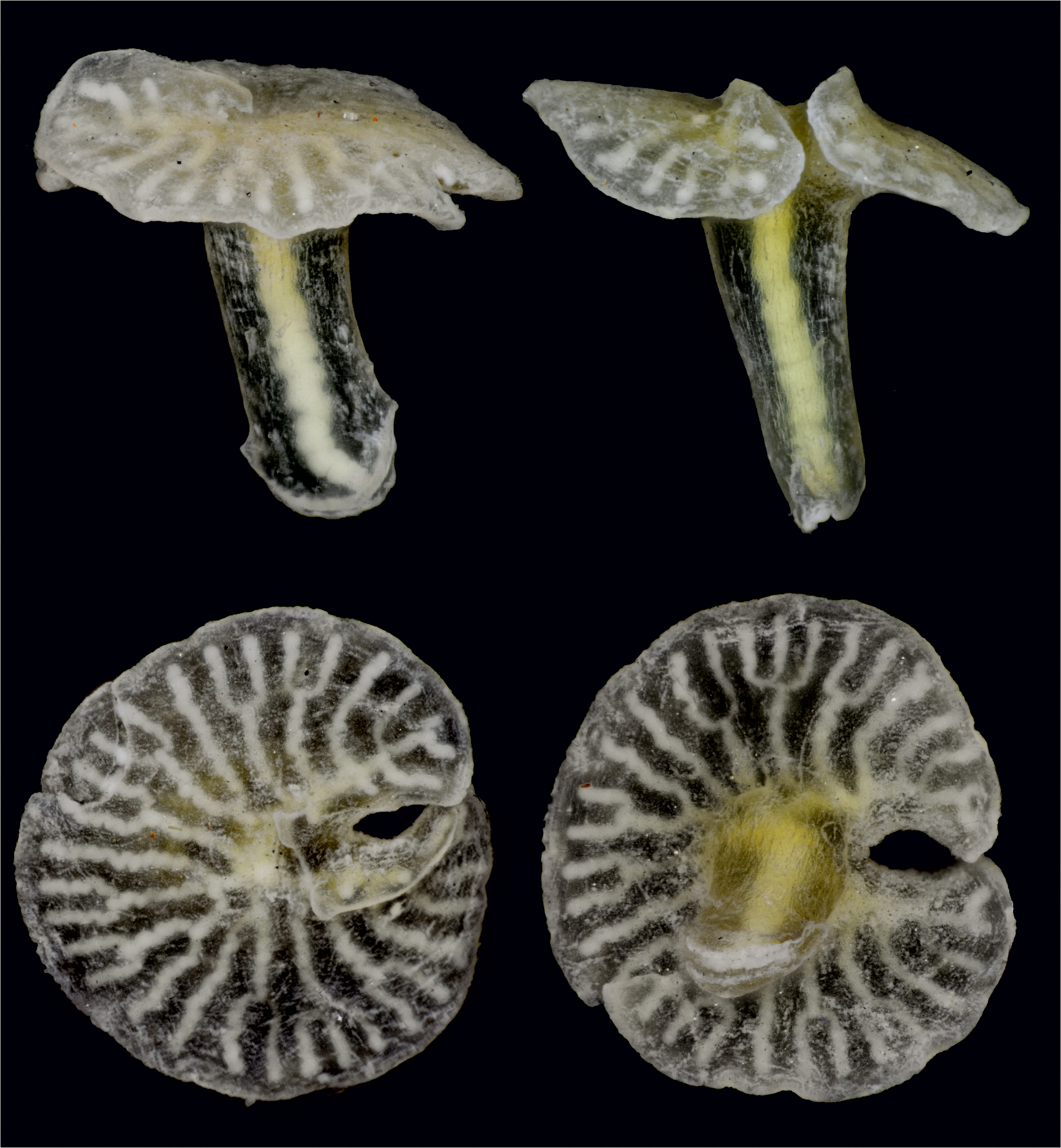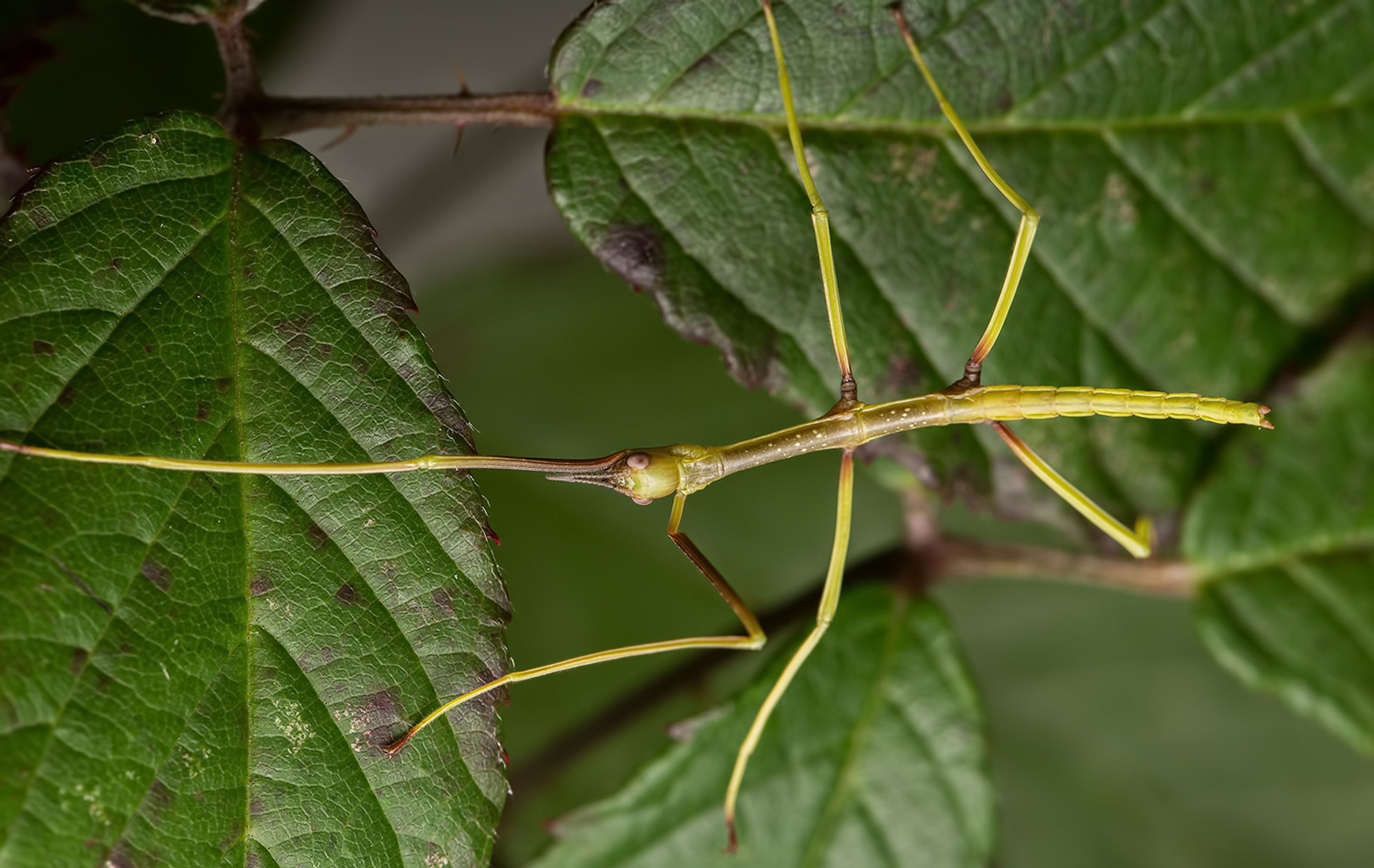Scientists named 18,000 new species in 2014—but these 10 are a notch above the rest.
From a spider that cartwheels away from its predators to a frog that gives birth to live tadpoles, the newly discovered animals on the top 10 list compiled by an international committee of taxonomists at the State University of New York College of Environmental Science and Forestry each have something that stands out.
The list is released each year to honor the May 23 birthday of Carolus Linnaeus, an 18th-century Swedish botanist who is considered the father of modern taxonomy.
“The Top 10 is a reminder of the wonders awaiting us,” said Dr. Quentin Wheeler, ESF president and founding director of the International Institute for Species Exploration.
Feathered Dinosaur

Dubbed the “chicken from hell,” the feathered dinosaur, anzu wyliei, made nests and sat on eggs until they hatched. It was a contemporary of the Tyrannosaurus Rex and lived in North America, and it had many bird-like qualities including hollow bones, feathers and a beak.
Coral Plant

The coral plant was immediately dubbed endangered when it was discovered last year. That’s because scientists have only discovered about 50 instances of this parasitic plant, which has branching, above-ground tubers that resemble coral. All of the plants were found between specific elevations on the southwestern side of Mt. Mingan in the Philippines.
Cartwheeling Spider

This desert spider from Morocco has a speedy way to run from danger: it cartwheels. The cartwheeling is a last resort. First the spider assumes a threatening posture. If that doesn’t work, it will run away, and if that still isn’t fast enough the arachnid can spin and cartwheel its way across the sand.
X-Phyla

The X-Phyla are the so-called “mysterious newcomers” of the group. That’s because these mushroom-like creatures are possibly related to the phylum Cnidaria, which contains jellyfish, corals, and sea anemones, but they are missing some unique properties, which means they could represent an entirely new phylum. So stay tuned on the X-Phyla.
Bone-house Wasp

The bone-house wasp is on the list for a morbid reason: she feeds and protects her young with carcasses of other dead insects. The female bone-house wasps, found in Eastern China, construct nests that have multiple chambers. The female kills and deposits spiders in each cell to provide food for her babies, then seals off the front door of the nest with bodies of dead ants. The chemicals from the dead ants mask the scent of her larvae from potential enemies.
Indonesian Frog

The Indonesian frog made the list because, unlike most other frog species, it does not lay eggs. Instead, it gives birth to live tadpoles, which are deposited in the water. Less than 12 of the world’s 6,455 frog species have internal fertilization, and the Indonesian frog is the only one that gives birth to tadpoles; the others either lay fertilized eggs or give birth to frogs.
Walking Stick

The walking stick is the newest member of a family known as giant sticks. Given that this species was just discovered, despite being 9 inches long and living in a national park in Vietnam frequented by entomologists, it shows that there could be many other camouflaged giant sticks that are yet undiscovered. These new walking sticks aren’t the biggest in the family: that title belongs to Chan’s megastick, which measures 22 inches.
Sea Slug

This new species of sea slug, which photographs beautifully in shades of blue, red and gold and lives in Japan, is a missing link between the sea slugs that feed on hydroids and those that feed on corals.
Bromeliad

Tillandsia religiosa, a red and green bromeliad plant found in Mexico, was officially recognized by science last year, but it had long been known to locals in the region. Its festive coloring meant the bromeliad was often used in altar scenes assembled by villagers around Christmas.
Pufferfish

This new species of pufferfish solved a decades-old underwater mystery. Scientists had seen crop circle-type etchings in the undersea sand off the coast of Japan but didn’t know what was creating the geometric designs, about 6 feet in diameter. It turns out they are made by this fish and used as spawning nests. The designs both attract females and minimize the ocean current at the center.
More Must-Reads From TIME
- The 100 Most Influential People of 2024
- Coco Gauff Is Playing for Herself Now
- Scenes From Pro-Palestinian Encampments Across U.S. Universities
- 6 Compliments That Land Every Time
- If You're Dating Right Now , You're Brave: Column
- The AI That Could Heal a Divided Internet
- Fallout Is a Brilliant Model for the Future of Video Game Adaptations
- Want Weekly Recs on What to Watch, Read, and More? Sign Up for Worth Your Time
Write to Tessa Berenson at tessa.Rogers@time.com